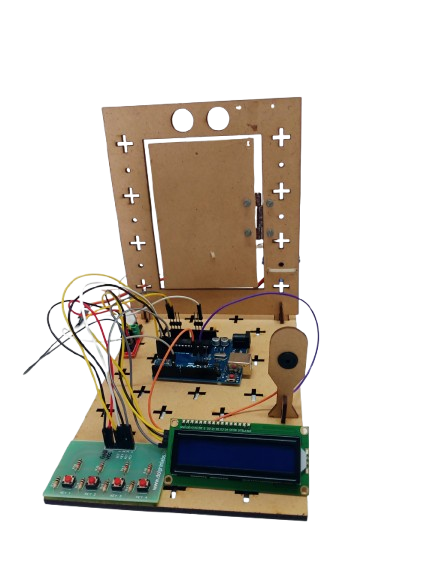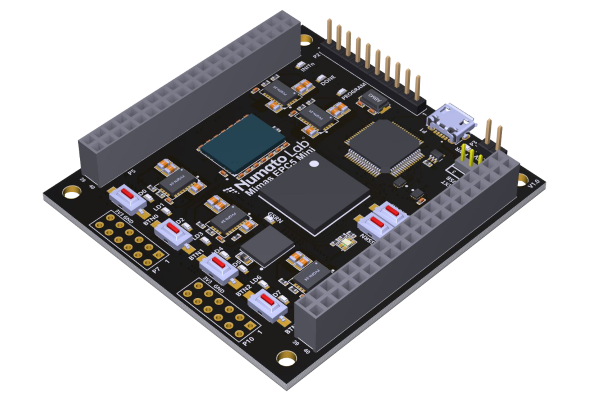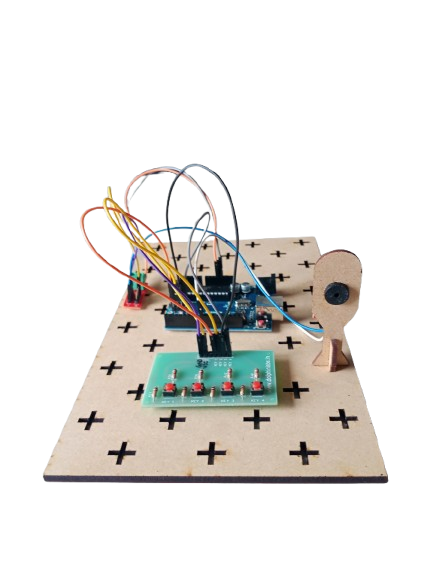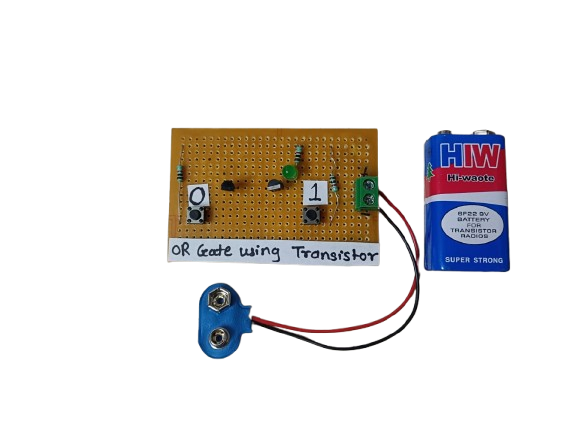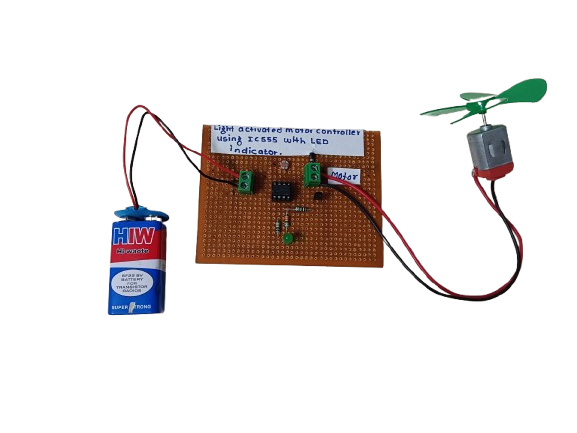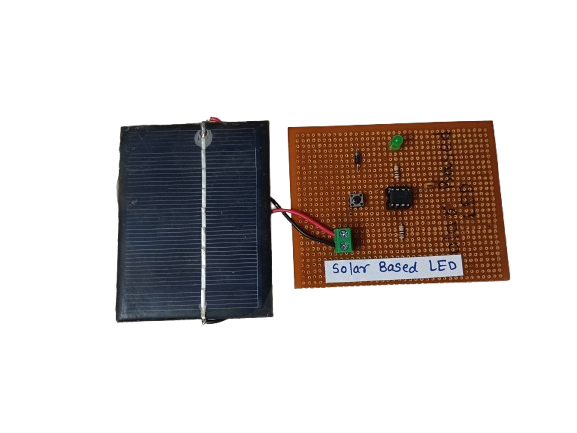Traffic light control circuit using IC CD4017
₹250.00
In StockA traffic light control circuit using IC CD4017 is a simple digital electronics project that mimics the working of a real traffic light system. It uses the CD4017 decade counter IC along with a timer (usually 555 IC) to sequentially switch Red, Yellow, and Green LEDs, simulating the flow of traffic signals.
Description
The CD4017 is a CMOS Decade Counter/Divider IC with 10 decoded outputs (Q0 to Q9). It is widely used in sequential control applications. When combined with a 555 timer IC (configured in astable mode), it forms the basis for a traffic light control system.
Here’s how the circuit works:
- The 555 timer generates a continuous clock pulse (square wave).
- These pulses are fed into the CD4017, which advances its output from Q0 to Q9 one by one with each clock pulse.
- By connecting Red, Yellow, and Green LEDs to specific outputs (like Q0, Q1, Q2), you can simulate a traffic light sequence.
- The timing of each light can be controlled by adjusting the resistor-capacitor (RC) values of the 555 timer.
The system repeats in a loop, much like actual traffic signals, but simplified for demonstration purposes.
-
A Digital Lock System is an electronic security project designed to control access using a password entered via a keypad. It utilizes an Arduino, keypad, LCD, servo motor, and buzzer to provide a safe, automated locking mechanism. When the correct password is entered, the lock opens; if the wrong password is entered, an alert is triggered. This project is widely used in home security, lockers, safes, and access-controlled systems.
-
A Morse Code Generator is an electronic project designed to convert text input into Morse code signals using Arduino, a keypad, and a buzzer. Morse code is a method of encoding text characters as sequences of dots and dashes, widely used in communication systems, especially in emergency signaling and amateur radio. This project demonstrates signal encoding, microcontroller programming, and interactive electronics.




